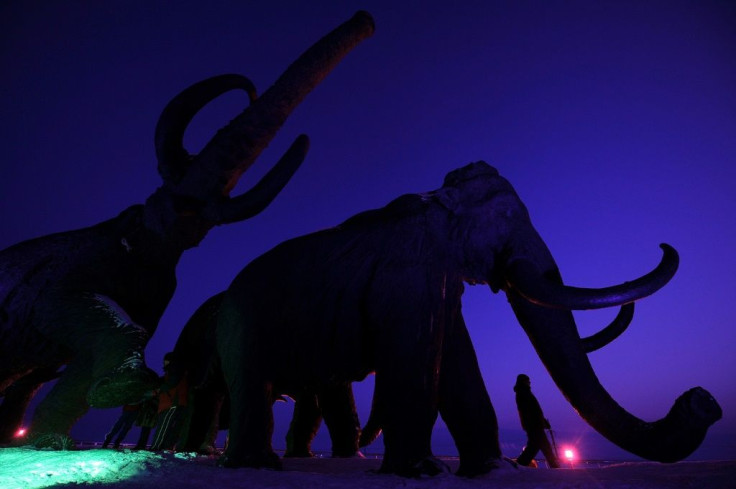30,000-Year-Old Rare Mummified Creature Unearthed By Gold Miners
KEY POINTS
- The baby mammoth was discovered on June 21 during excavation
- Authorities said the animal was believed to be female
- The female baby was named Nun cho ga
The remains of a baby wooly mammoth, believed to be more than 30,000 years old, were found by miners in a Canadian goldfield.
The baby mammoth was discovered on June 21 during excavation through permafrost south of Dawson City in Canada’s Yukon territory, which borders the U.S. state of Alaska.
"As an ice age paleontologist, it has been one of my life long dreams to come face to face with a real wooly mammoth," Yukon paleontologist Grant Zazula said Saturday in a statement. "That dream came true today."
The rare mummified creature has retained its skin and hair and “is beautiful and one of the most incredible mummified ice age animals ever discovered in the world," Zazula said, according to Al Jazeera. “I am excited to get to know her more."
The authorities said the animal was believed to be female, and would have died during the ice age when wooly mammoths roamed the region. The female baby was named Nun cho ga, which means "big baby animal" in the Hän language.
A press release from the government said the discovery was "significant" and rare, even for an area like Yukon, which has "a world-renowned fossil record of ice age animals."
The discovery of Nun cho ga marks the first near complete and best-preserved mummified wooly mammoth found in North America," the press release said.
The corpse was found in an area that belongs to First Nation band government Tr'ondëk Hwëch'in.
"It's amazing," Tr'ondëk Hwëch'in elder Peggy Kormendy said in a statement. "It took my breath away when they removed the tarp. We must all treat it with respect. When that happens, it is going to be powerful and we will heal. We must as a people."
Earlier, a partial mammoth calf named Effie was discovered in 1948 in Alaska. And in 2007, a 42,000-year-old infant mummy wooly mammoth named Lyuba was found in Siberia.
Trʼondëk Hwëchʼin and the Yukon government are working together to "respectfully preserve and learn more about Nun cho ga," the press release said.

© Copyright IBTimes 2025. All rights reserved.





















